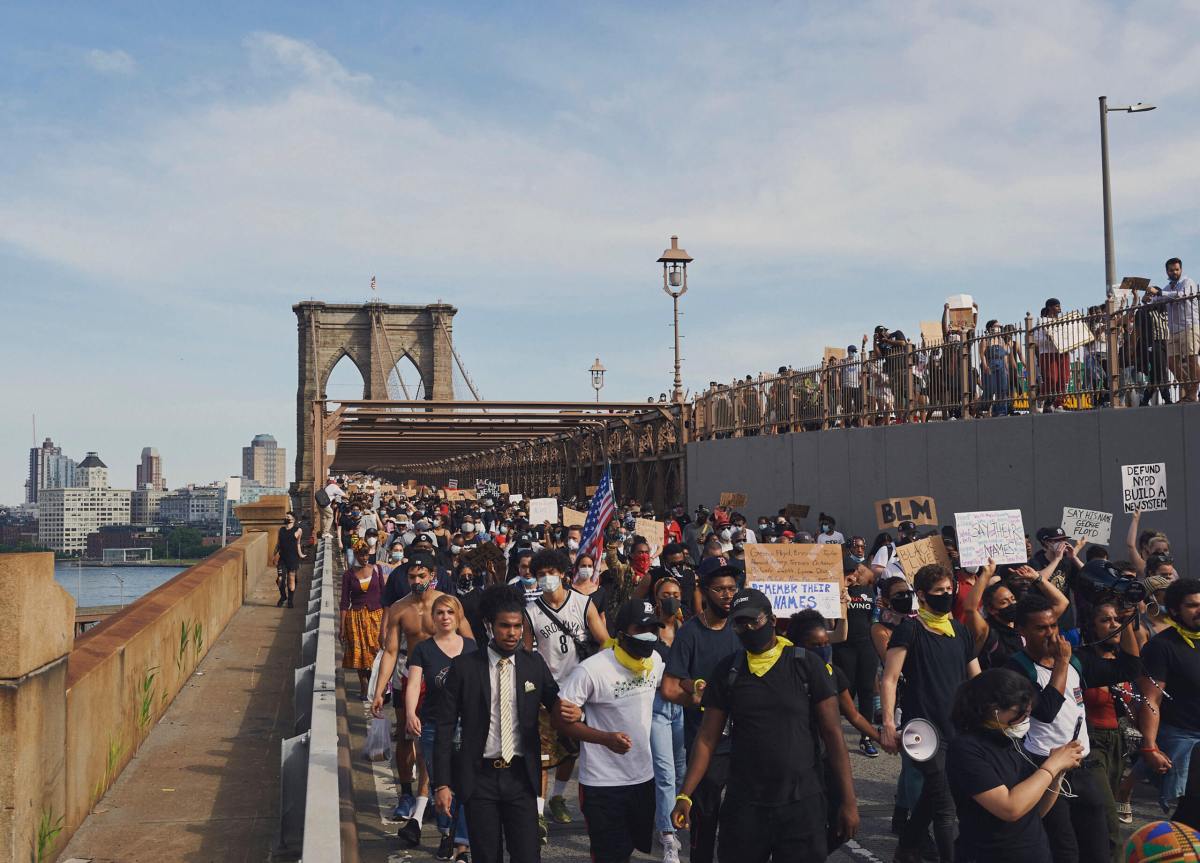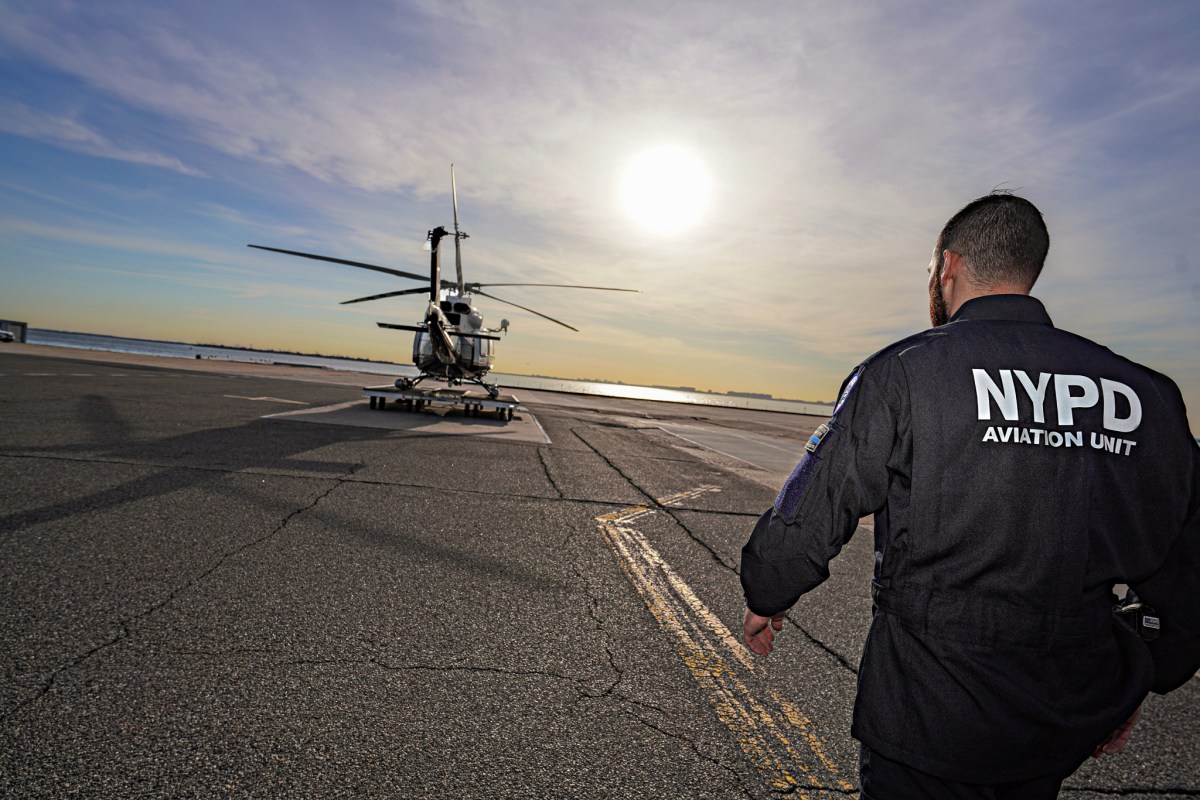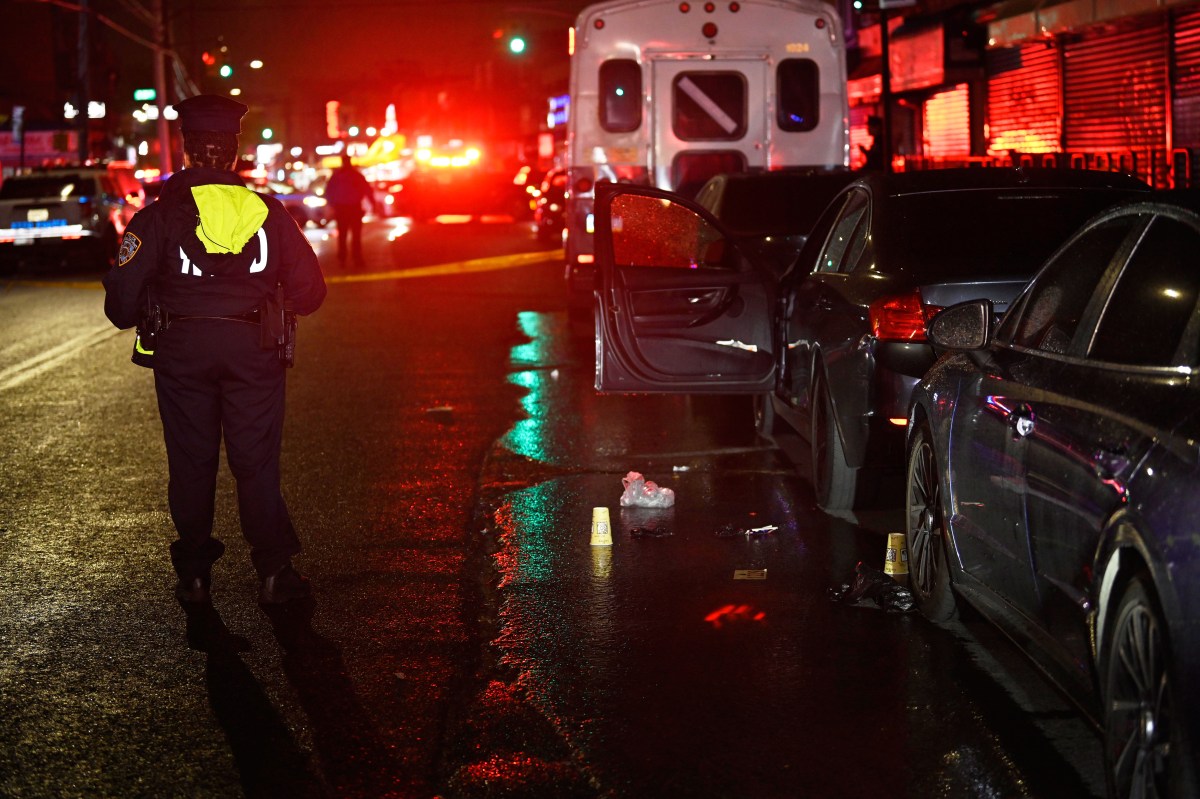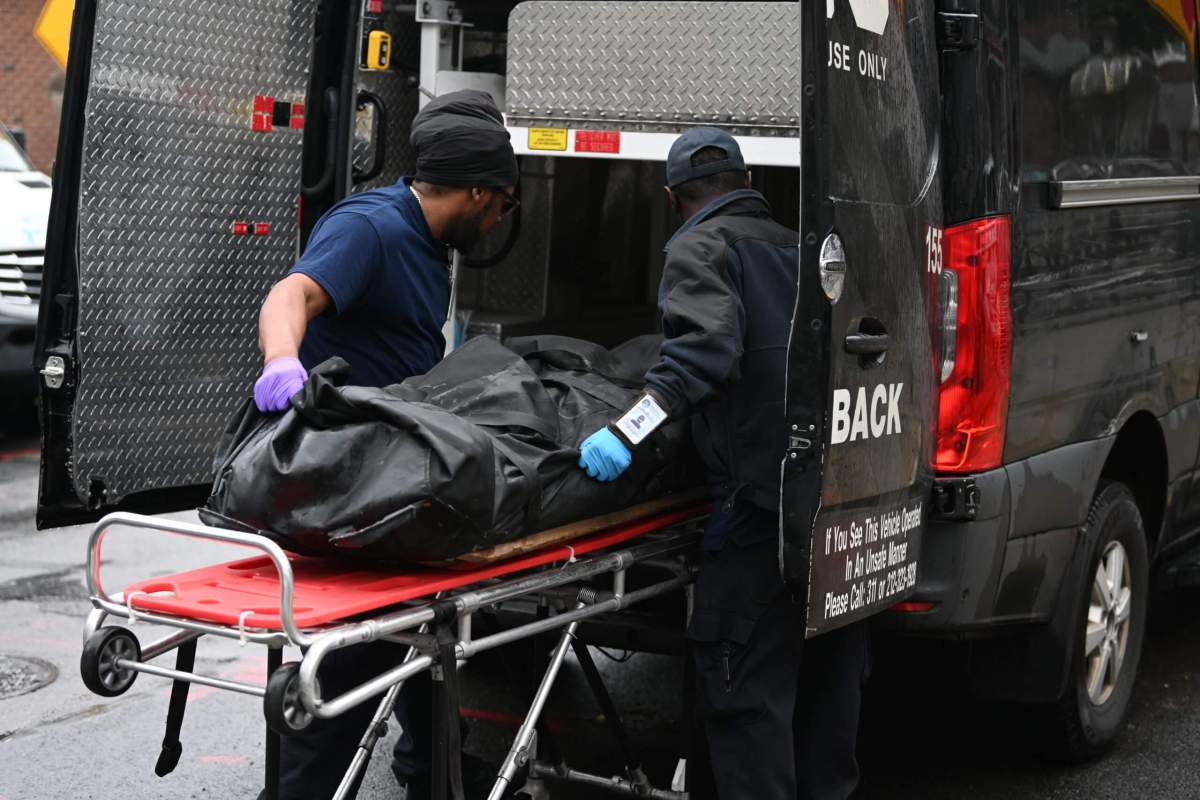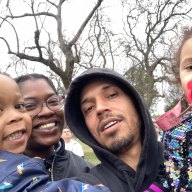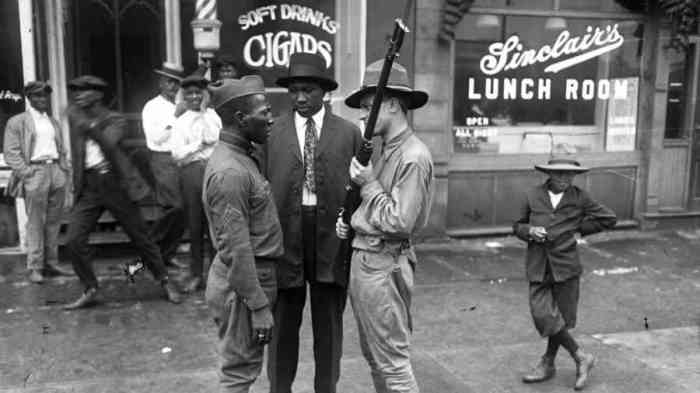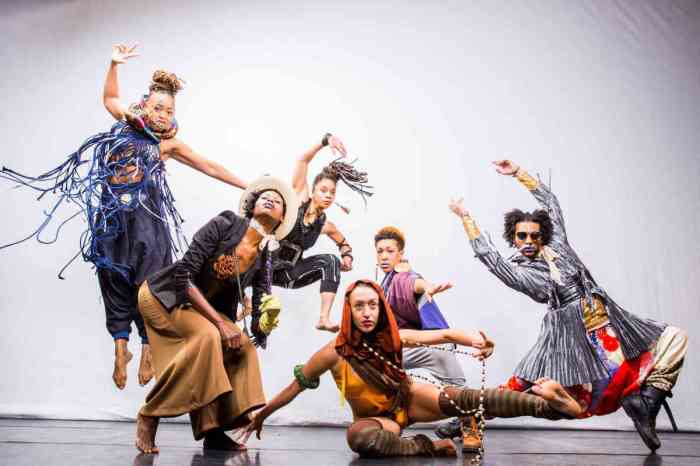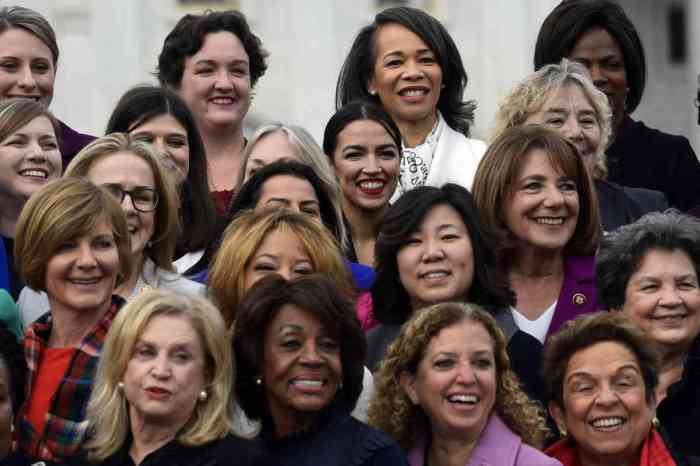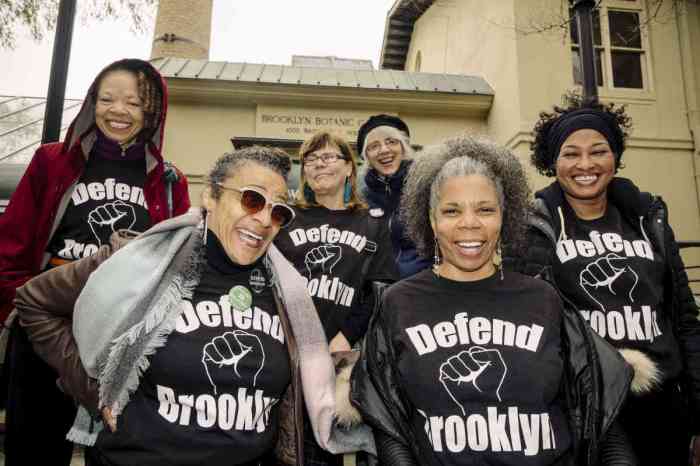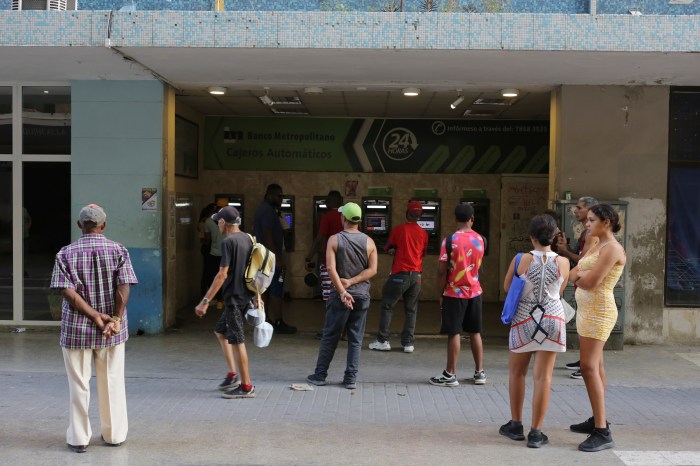An upcoming outdoor installation called “Brooklyn Resists” at Brooklyn Public Library’s Center for Brooklyn History will explore Kings County’s rich history of fighting against racist violence, from slavery abolitionism through to the 2020 uprising for Black lives, according to a local historian.
“When the protests broke out in 2020 and Brooklynites gathered to express their dissatisfaction and outrage, that’s part of a long history of discontent and protest against racial injustice,” said Dr. Brian Purnell.
The installation will project old photos and documents onto the Pierrepont Street building formerly known as the Brooklyn Historical Society starting Juneteenth. The old imagery will be coupled with shots from the nightly protests that broke out all over the borough after the murder of George Floyd by former Minneapolis police officer Derek Chauvin almost a year ago.
“Our goal here is to invite Brooklynites to understand and see how these acts of protests are not isolated incidents, they really are a continuum and build on one another,” said Center for Brooklyn History director Heather Malin.
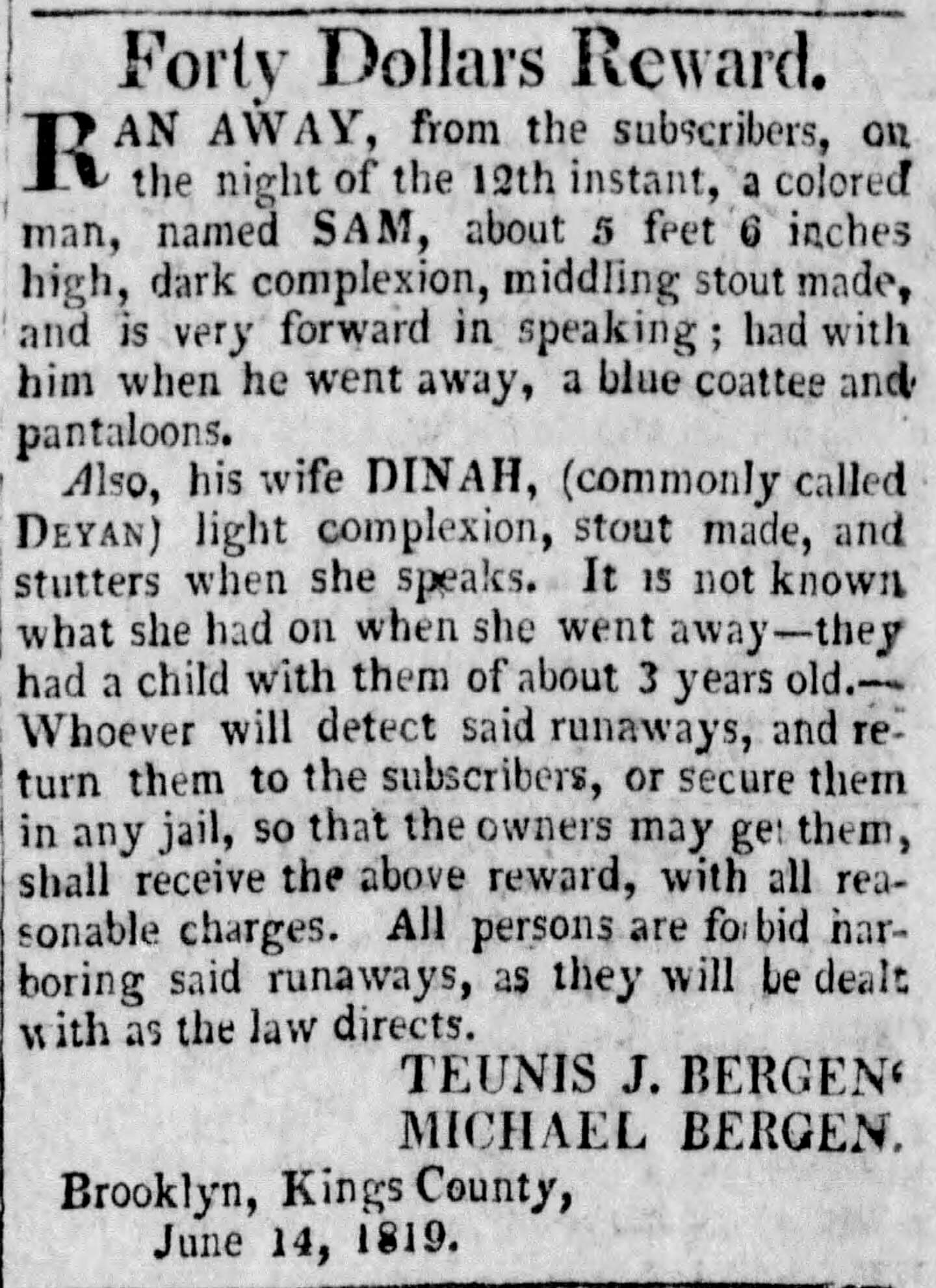
Purnell, an academic in Maine who grew up in Coney Island and has written about Brooklyn’s Civil Rights movement during the 1960s, said the protests are connected to Brooklyn’s storied past of fighting racial injustice — from helping runaway slaves and being a hotbed of abolitionism during the 19th century, to fighting for Civil Rights and better municipal services, and against police brutality 100 years later.
The scholar listed several local examples of racist violence and killings in the borough, such as Arthur Miller, a Black businessman who police choked to death in Crown Heights in 1978. Miller’s killing sparked protests at the time, but a grand jury refused to indict any of the officers, and Borough President Eric Adams last year labelled it the “first ‘I can’t breathe’ in modern times.”
Another case is the fatal shooting of 16-year-old Yusef Hawkins by a mob of white youths in Bensonhurst in 1989, after the group of locals mistakenly thought he was dating a white girl in the neighborhood.
“When people saw Eric Garner in Staten Island and then George Floyd … there wasn’t much of a need to make a connection to what people knew had happened in recent memory and what had been a continuing heartbeat of the problem,” he said. “Brooklyn has its own George Floyds.”
Next month’s showing at the Center will be viewable from the street, both for COVID safety to avoid crammed indoors and to draw attention from passers-by.
“It’s public-facing history, it’s not in an exhibit space, it’s not in a museum. It’s going to be part of the street,” Purnell said.
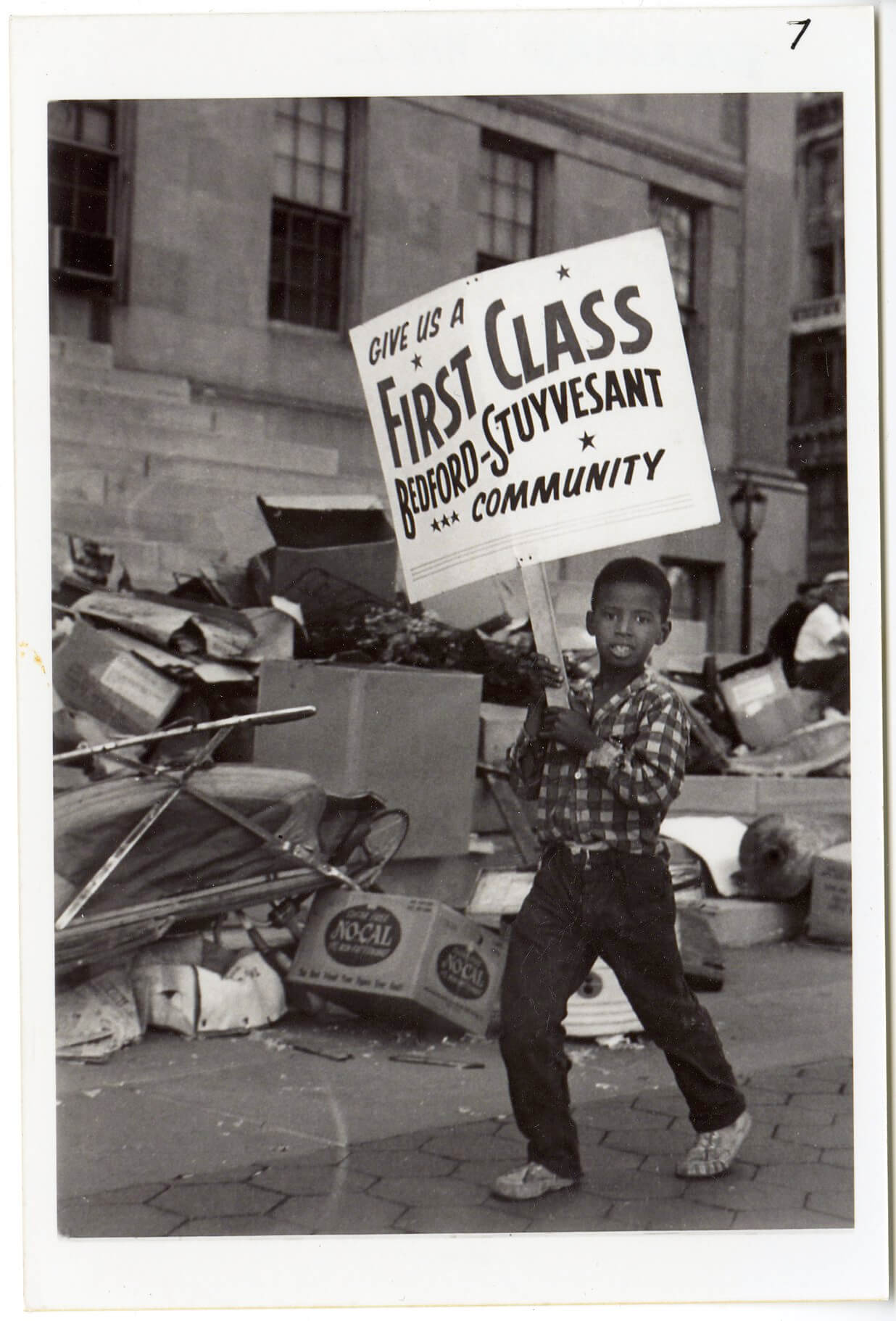
The organization will also solicit submissions from the public of the 2020 protests, such as photos, video, audio, and text when the exhibit launches, which will become part of an online version of the show.
Malin, the Center’s director, hopes that the crowdsourced documents will provide a more comprehensive record of a turbulent year in Brooklyn.
“The protests are about people in the street, activists,” she said. “Protests are often the tip of the iceberg of activists working in the borough.”
“Brooklyn Resists” at the Center for Brooklyn History [128 Pierrepont St., at Clinton Street in Brooklyn Heights, (718) 614–3954, www.bklynlibrary.org]. Opens June 19th. Free.


